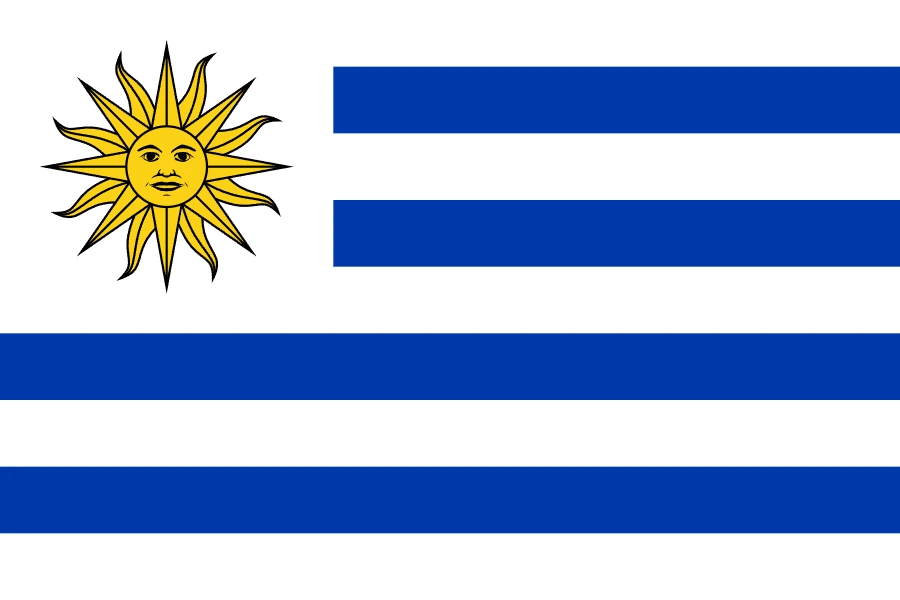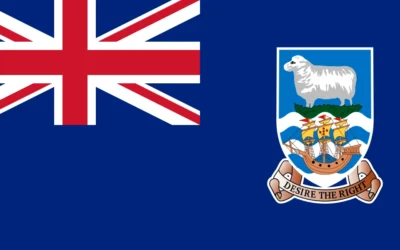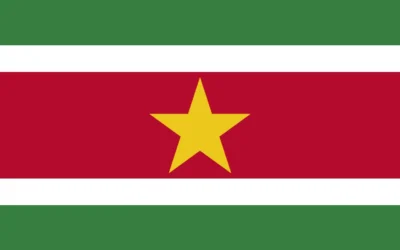Uruguay Travel Guide
Discover Why You Should Visit Uruguay
Why Visit Uruguay?
Uruguay offers a relaxed and sophisticated travel experience, with clean beaches, vibrant cities, colonial charm, and a strong cultural identity. It’s one of South America’s safest and most progressive countries, ideal for those seeking both leisure and authenticity.
Ideal for: Beach lovers, wine enthusiasts, history buffs, and slow travelers.
Must-Know Facts
Capital/Major City: Montevideo
Language(s): Spanish
Currency: Uruguayan Peso (UYU)
Best Time to Visit: November to March (summer season with beach weather)
Fun Fact: Uruguay was the first country in the world to legalize cannabis and same-sex marriage, reflecting its liberal and progressive values
Top Things to Do
Explore Montevideo’s Ciudad Vieja and waterfront Rambla
Relax on the beaches of Punta del Este, José Ignacio, and La Paloma
Visit Colonia del Sacramento, a UNESCO World Heritage Site with colonial charm
Tour wineries and taste Tannat wines in Carmelo
Attend a traditional asado (barbecue) and tango show
Local Culture & Lifestyle
Uruguayans enjoy a balanced lifestyle with a focus on social welfare and cultural pride. Mate (herbal tea) is a national obsession, and public gatherings often include music, dance, and outdoor socializing. The country values education, freedom, and environmental sustainability.
Food & Drink Highlights
Street Food: Chivito sandwich, empanadas, tortas fritas
Restaurants: Asado (grilled meats), milanesa, puchero
Drinks: Mate, Tannat red wine, Medio y Medio (wine blend), grappamiel
Desserts: Dulce de leche treats, alfajores, arroz con leche
Main Dish & Culinary Symbols
Signature Dish: Asado — slow-grilled meats cooked over open flame, typically shared during social gatherings
Common Ingredients: Beef, bread, cheese, tomatoes, eggs
Culinary Culture: Deeply rooted in gaucho (cowboy) traditions with European influences
Symbols & Icons of the Area
Natural Icons: Atlantic beaches, rolling pampas, Río de la Plata
Cultural Icons: Mate gourd and thermos, the Uruguayan flag, tango, candombe drumming
Hidden Gems & Off-the-Beaten-Path
Fortaleza de Santa Teresa — historic fort and national park near the Brazilian border
Piriápolis — a quieter alternative to Punta del Este with old-world charm
Rocha — a province with rustic coastal villages and eco-tourism appeal
Cabo Polonio — a remote beach town accessible only by 4×4, known for sea lions and no electricity
Shopping & Souvenirs
What to Buy: Leather goods, mate cups, gaucho crafts, local wines, wool textiles
Where to Shop: Mercado del Puerto in Montevideo, Colonia artisan shops, Punta del Este boutiques
Getting Around
Public Transport: Reliable long-distance buses and local buses in cities
Driving: Recommended for exploring coastlines and rural areas
Ferries: Connect Montevideo and Colonia with Buenos Aires, Argentina
Travel Tips
Mate etiquette is important — never stir the straw (bombilla) and always pass it back respectfully
Uruguayans dine late — dinner usually starts around 9 PM
Safety is generally excellent, even in cities
Pack for strong sun — use sunscreen and wear light clothing in summer
Where to Stay
Budget: Hostels and beach cabins in Montevideo and Rocha
Mid-range: Boutique inns and guesthouses in Colonia and Punta del Este
Luxury: Seaside resorts, vineyard lodges, and spa hotels in José Ignacio
Unique: Eco-retreats in Cabo Polonio, estancias in the countryside
Sample 4-Day Itinerary
Day 1: Arrive in Montevideo, explore the Old City and enjoy a local asado
Day 2: Visit Colonia del Sacramento, walk the cobblestone streets and riverfront
Day 3: Travel to Punta del Este or José Ignacio for beach time and sunset dining
Day 4: Return to Montevideo or take a ferry to Buenos Aires for your next adventure






0 Comments